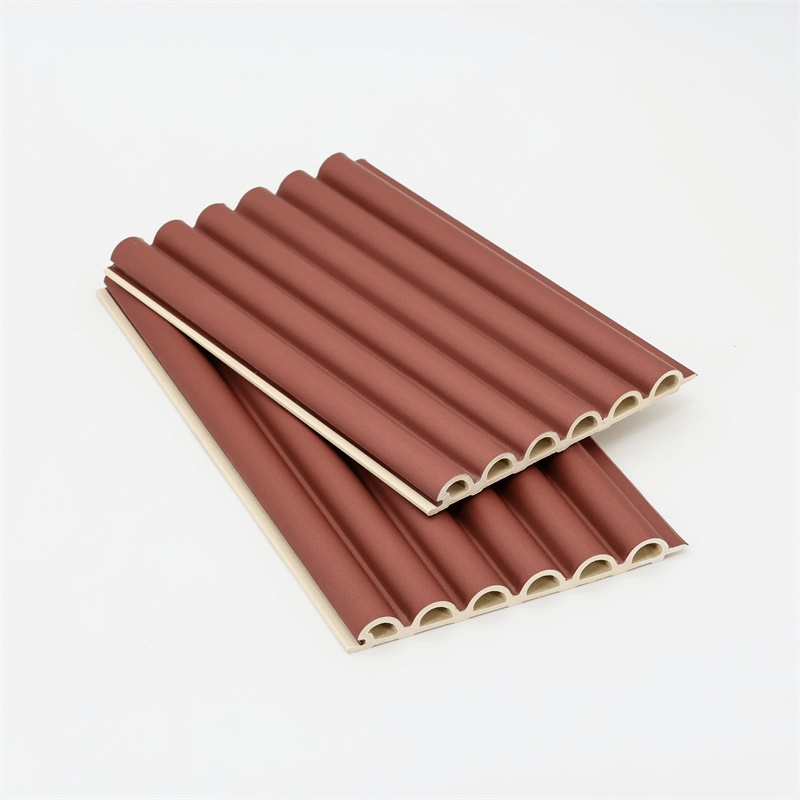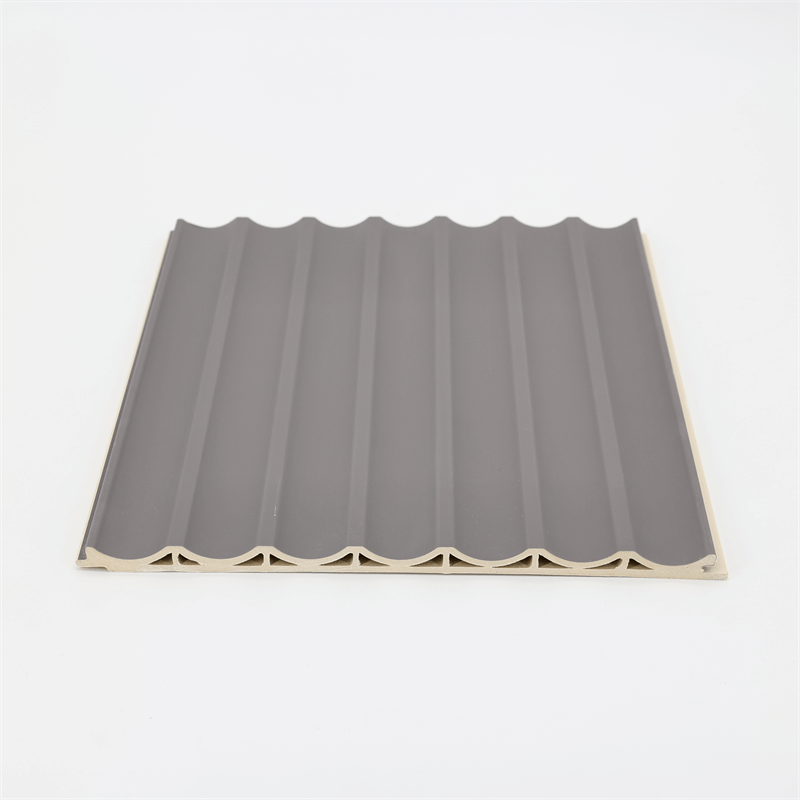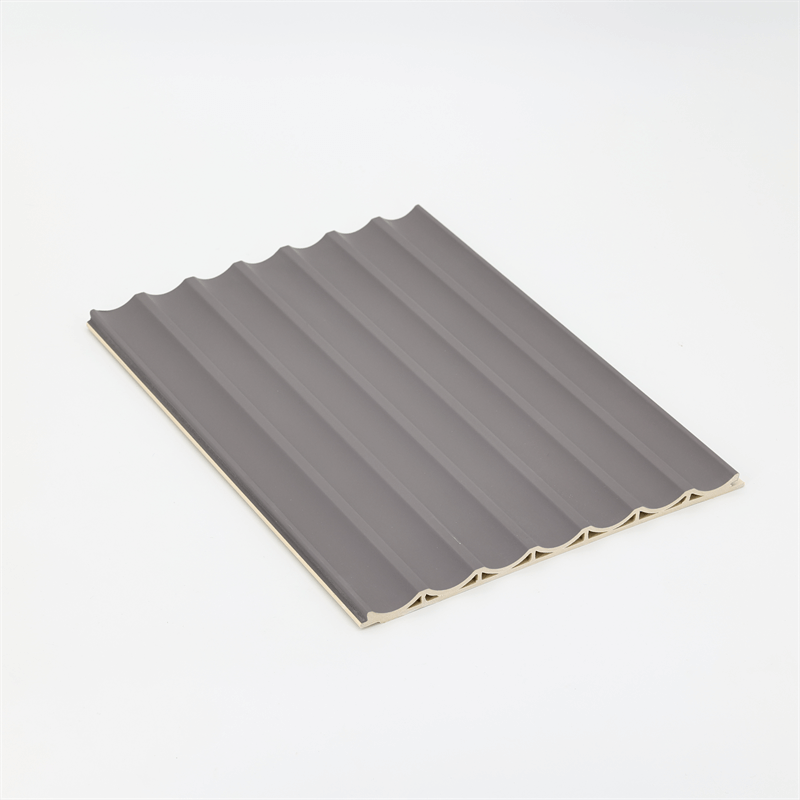WPC (Wood Plastic Composite) wall panels have gained popularity in the world of interior and exterior design due to their versatility, durability, and aesthetic appeal.
These panels offer a range of design possibilities, allowing designers and homeowners to create unique and captivating spaces.
This essay explores tips and tricks for designing with WPC wall panels, focusing on four key areas: spatial planning, texture and pattern selection, color coordination, and integration with other design elements.
By considering these aspects, designers can unleash their creativity and transform spaces into visually striking and personalized environments.
I. Spatial Planning
- Define the Purpose: Before incorporating WPC wall panels into a design, it’s essential to define the purpose of the space. Consider whether the area will be used for relaxation, work, entertainment, or socializing. Understanding the function and desired ambiance of the space will guide the design process and influence the selection of WPC panel styles, colors, and finishes.
- Highlight Focal Points: WPC wall panels can serve as excellent focal points in a room. Identify key architectural features or areas that deserve attention, such as fireplace surrounds, headboards, or accent walls. By strategically placing WPC panels in these areas, designers can create visual interest and draw the eye towards the focal points, enhancing the overall design impact.
II. Texture and Pattern Selection
- Embrace Natural Textures: WPC wall panels can mimic the textures of natural materials, such as wood or stone. Consider incorporating panels with realistic wood grain patterns or textured surfaces to add depth and authenticity to the space. The natural textures of WPC panels can create a warm and inviting ambiance, especially in areas where the use of real wood or stone is impractical or costly.
- Play with Patterns: WPC wall panels offer various pattern options, ranging from simple horizontal or vertical lines to more intricate geometric designs. Experimenting with patterns can add visual interest and create a sense of movement within a space. Whether it’s a subtle herringbone pattern or a bold geometric motif, the use of patterns in WPC panels can elevate the design and make a statement.
III. Color Coordination
- Harmonious Color Schemes: The color palette of WPC wall panels should complement the overall design scheme of the space. Consider the existing color scheme or desired color scheme of the room and select WPC panels that harmonize with those colors. For a cohesive and unified look, choose panels that either match or complement the dominant colors in the space, creating a sense of harmony and balance.
- Contrast and Accent Colors: On the other hand, designers can also use WPC wall panels to create contrast and add pops of accent colors to the space. For example, if the room has a predominantly neutral color scheme, incorporating WPC panels in a bold or vibrant color can create a focal point and add a touch of drama. The careful use of contrast and accent colors in WPC panels can bring visual excitement and elevate the design.
IV. Integration with Other Design Elements
- Lighting Considerations: Lighting plays a crucial role in showcasing the beauty of WPC wall panels. Consider the placement of lighting fixtures, such as recessed spotlights or wall sconces, to illuminate the panels and create dramatic effects. Experiment with different lighting angles and intensities to highlight the texture, pattern, and color of the panels.
- Complementary Design Elements: WPC wall panels can be integrated with other design elements to create a cohesive and unified look. Consider how the panels will interact with flooring materials, furniture, and other architectural features. Aim for a balance between the textures, colors, and styles of these elements to create a harmonious and visually pleasing composition.

Designing with WPC wall panels offers endless possibilities for creating unique and captivating spaces.
By considering spatial planning, texture and pattern selection, color coordination, and integration with other design elements, designers can unleash their creativity and transform ordinary rooms into extraordinary environments.
Spatial planning helps define the purpose and focal points of the space, ensuring that WPC wall panels are strategically placed to enhance the overall design impact.
Texture and pattern selection allow designers to play with natural textures and patterns, adding depth and visual interest.
Color coordination enables the creation of harmonious or contrasting color schemes, depending on the desired ambiance.
Finally, the integration of WPC panels with lighting and other design elements ensures a cohesive and unified look.
By following these tips and tricks, designers can harness the potential of WPC wall panels and create unique, visually striking, and personalized spaces.
Whether it’s a residential home, office, or commercial establishment, WPC panels provide a versatile and durable solution for transforming ordinary walls into extraordinary design statements.
With their aesthetic appeal, durability, and design flexibility, WPC wall panels are a valuable tool for designers seeking to create unforgettable spaces that reflect their clients’ tastes and personalities.


